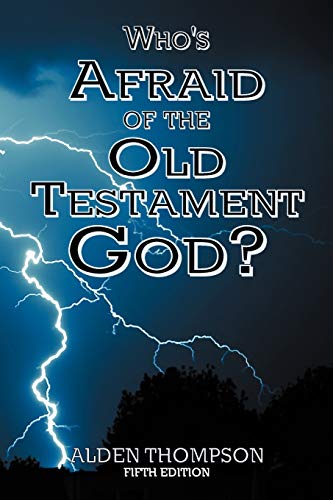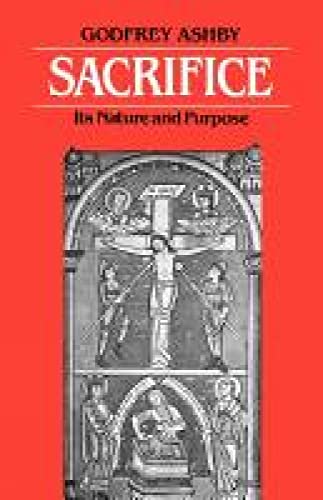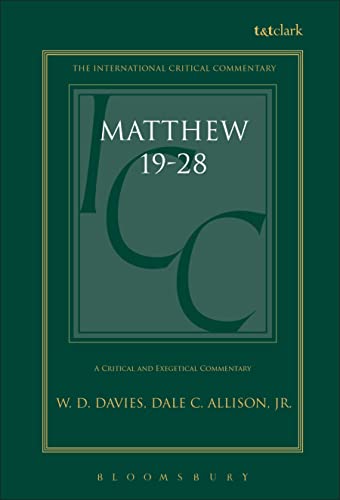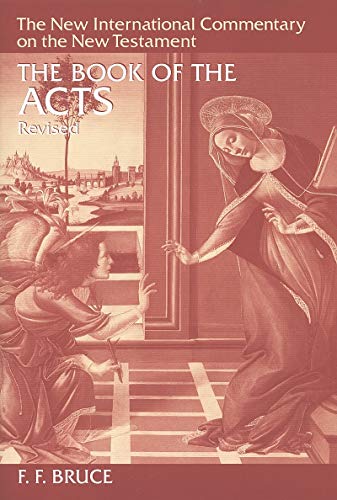It is Written: Scripture Citing Scripture. Essays in Honour of Barnabas Lindars, SSF
Written by D. Carson and H.G.M. Williamson (eds.) Reviewed By Mike ButterworthThis must be one of the best Festschrifts I have ever come across. The editors have managed somehow not only to get eminent scholars to work within a single area of study, but also to achieve balanced coverage. It is a condensed book, demanding detailed attention of the reader, and will appeal to advanced students rather than general readers. For a fuller description than mine of the contents of each essay see Expository TimesVol. 100, May 1989.
Howard Marshall gives an assessment of recent developments to start the ball rolling. I particularly valued his critique of Dodd, Sundberg, Lindars and Stendahl. This leads into the book’s main three parts: (a) The OT in the OT; (b) Between the Testaments; (c) The OT in the NT.
Hugh Williamson’s article on ‘history’ is closely argued. He spends most time on the work of Fishbane on ‘inner biblical exegesis’ in connection with the interpretation and application of the law. He disagrees only in specific details, arguing, for instance, that ‘it is written’ refers, in the work of the Chronicler, to a specific quotation, and that the post-exilic historians distinguished carefully between the written law and later interpretations of it.
John Day discusses the prophets’ use of the law, creation and other primeval traditions, historical and legendary traditions, the Psalms, and other prophets. Day’s radical viewpoint is evident in these titles, and his frequent use of words like ‘surely’, ‘manifestly’ and ‘clearly’ made this an unsatisfying contribution from my point of view.
A.A. Anderson deals with the way that ‘oracular material’, ‘historical traditions’ and ‘creation stories’ are used in the Psalms. There is some interesting interaction with other literature (including Day’s God’s Conflict with the Dragon and the Sea), though the conclusion is rather vague.
R.E. Clements’ more readable essay concentrates on ‘creation and its mythology’ and ‘the concept of tôrâ’ in Wisdom Literature, before closing with a discussion of the relation between Solomon and Wisdom.
In the second part of the book S.P. Brock traces the ideals that translators over the centuries have held. Philip Alexander works out a definition of the genre ‘rewritten Bible text’ by examining four case studies: Jubilees, the Genesis Apocryphon, Pseudo-Philo and Josephus. B.D. Chilton argues that pesher, Philonic allegory and midrash (as seen in the Mekilta) might be regarded as ‘genres within the species of biblical interpretation’. Andrew Chester investigates the way that Scripture is cited in various Qumran texts and Apocryphal/Deuterocanonical writings. C. Rowland argues that apocalyptic enabled people to continue to adhere to the Scriptures, and that it encouraged not only an other-worldly view, but also the striving for limited goals in the present age.
On the NT Max Wilcox shows that the question of text form is more complicated than has been thought and that explanation of the origin must be left open. Graham Stanton deals with the sources of Matthew’s quotations and his adaptation of them for his particular theological purposes. Morna Hooker, after complaining about her allotment of a mere 4,000 words (which she clearly exceeds), confines her attention to Mark’s use of the Pentateuch. She concludes that it reflects tensions in the early Christian community but is remarkably consistent, and we may still learn from the way he tackled the problems.
C.K. Barrett looks at the actual citations of Scripture in Luke-Acts, concluding that Luke has found a way to combine ‘the restoration of Judaism with the call to the Gentiles’. D.A. Carson, dealing with the Johannine literature, points out how, in the Fourth Gospel, Jesus is shown to replace OT themes and institutions. He discusses the relation of proclamation to apologetic in the early church. D. Moody Smith, writing on the Pauline literature, produces the longest and probably the most comprehensive essay. A.T. Hanson supplements previous work by concentrating on exegesis of the same OT passages by the writer of Hebrews and his contemporaries. Richard Bauckham writes on James (his use of OT figures as religious and ethical paradigms), 1 Peter (prophetic interpretation and parenetic application), and 2 Peter (with Jude; on Noah and Lot). Finally, G.K. Beale offers an analysis of the various uses of the OT in Revelation.
Anyone undertaking serious study of ‘Scripture citing Scripture’ will find this an invaluable tool. The general reader will probably find it a difficult book to pick up.
Mike Butterworth
Principal, St Albans and Oxford Ministry Course







